Vivian Mayer: nanny and photographer
Categories: Photo School
By Pictolic https://pictolic.com/article/vivian-mayer-nanny-and-photographer.htmlTo the outside world, Vivian Mayer was nothing more than a nanny and housekeeper from Chicago. However, her hidden talent as a photographer was only recognized after her death in 2009, when John Maloof bought 100,000 of her negatives at auction and published a book.
Mayer has spent most of her life roaming the streets of Chicago with a Rolleiflex camera and printing amazing black and white photographs that capture every aspect of mid-century America.

Vivian did not receive a penny for her photographs, but calling her an amateur simply does not turn her tongue. She did not show her photographs to anyone, no one even knew about her hobby. At the same time, she left a real photo-report archive, according to which it is now possible to compose lectures for students about the life, fashion, traditions and culture of that time.
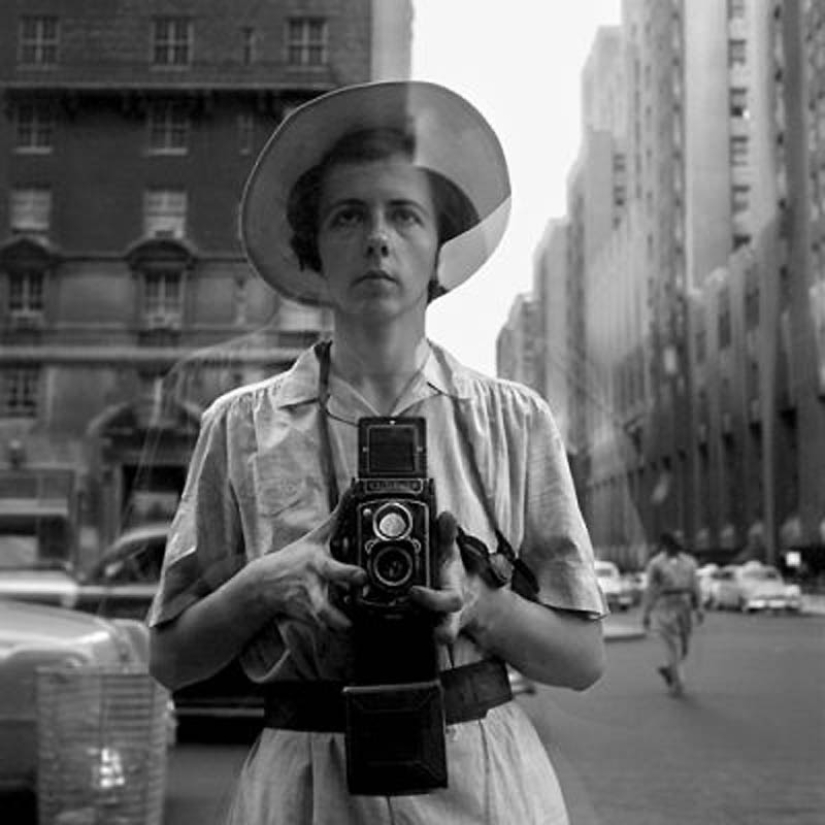 Glory to the amateur photographer Vivian Mayer (1926-2009) came only after her death. Moreover, the discovery of her work has become one of the most significant events in the world of contemporary photography.
Glory to the amateur photographer Vivian Mayer (1926-2009) came only after her death. Moreover, the discovery of her work has become one of the most significant events in the world of contemporary photography.
 For almost 40 years, Vivian worked as a governess in various families. Her favorite hobby was taking pictures of street everyday life. All of her shots were taken with a good medium format Rolleiflex camera.
For almost 40 years, Vivian worked as a governess in various families. Her favorite hobby was taking pictures of street everyday life. All of her shots were taken with a good medium format Rolleiflex camera.
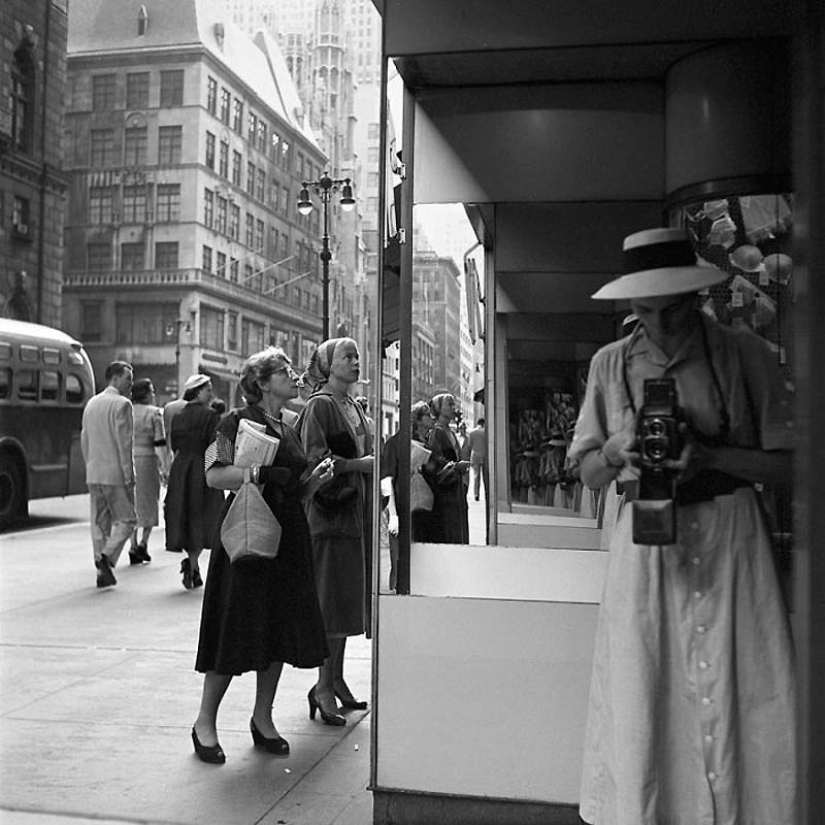 During the year, Vivian Maier shot almost 200 films - that is, she actually worked like a good professional.
During the year, Vivian Maier shot almost 200 films - that is, she actually worked like a good professional.
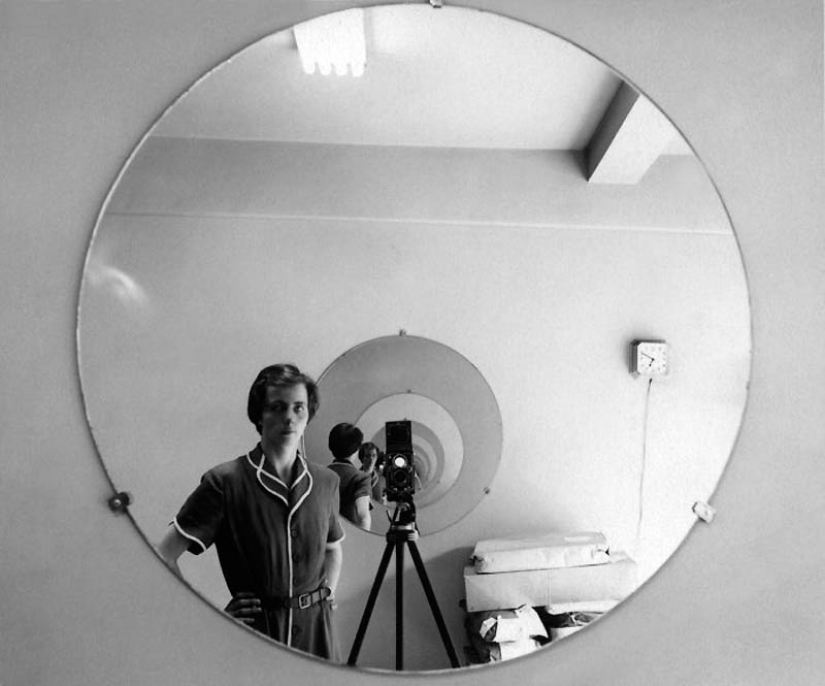 The publication of the works of the photographer, it seems, was not at all interested. But nevertheless, she carefully kept her huge archive, numbering more than 100,000 negatives.
The publication of the works of the photographer, it seems, was not at all interested. But nevertheless, she carefully kept her huge archive, numbering more than 100,000 negatives.
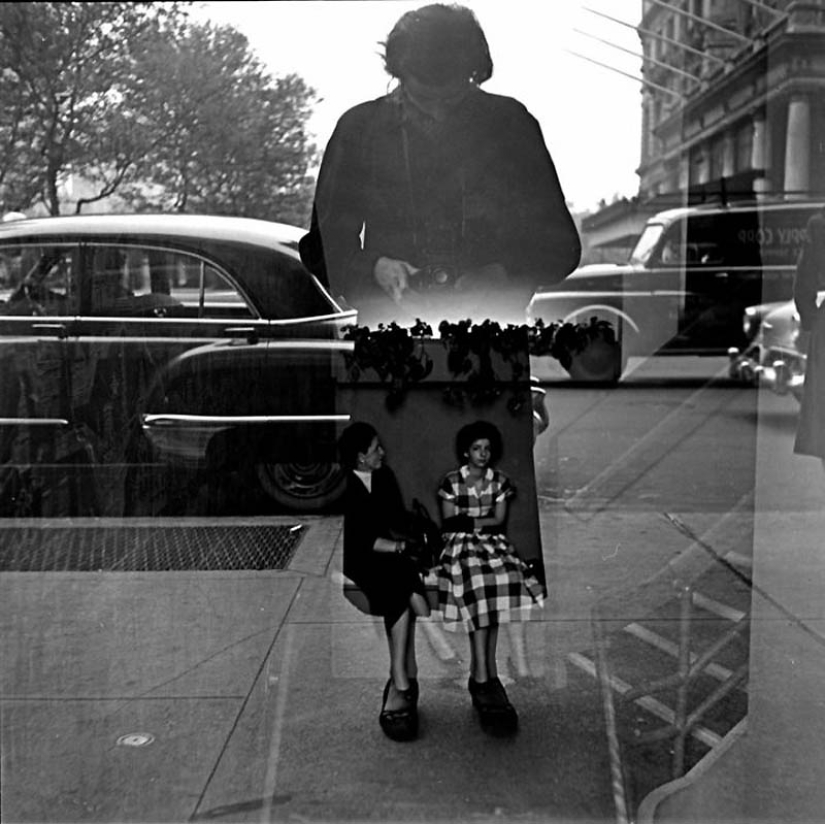 This gigantic collection, quite by accident, was bought by historian John Maloof at one of the auctions for only $400.
This gigantic collection, quite by accident, was bought by historian John Maloof at one of the auctions for only $400.
 Reliable facts about the life of Vivian Mayer are known very little today. Until the end, the question of even the place of her birth remains unclear.
Reliable facts about the life of Vivian Mayer are known very little today. Until the end, the question of even the place of her birth remains unclear.
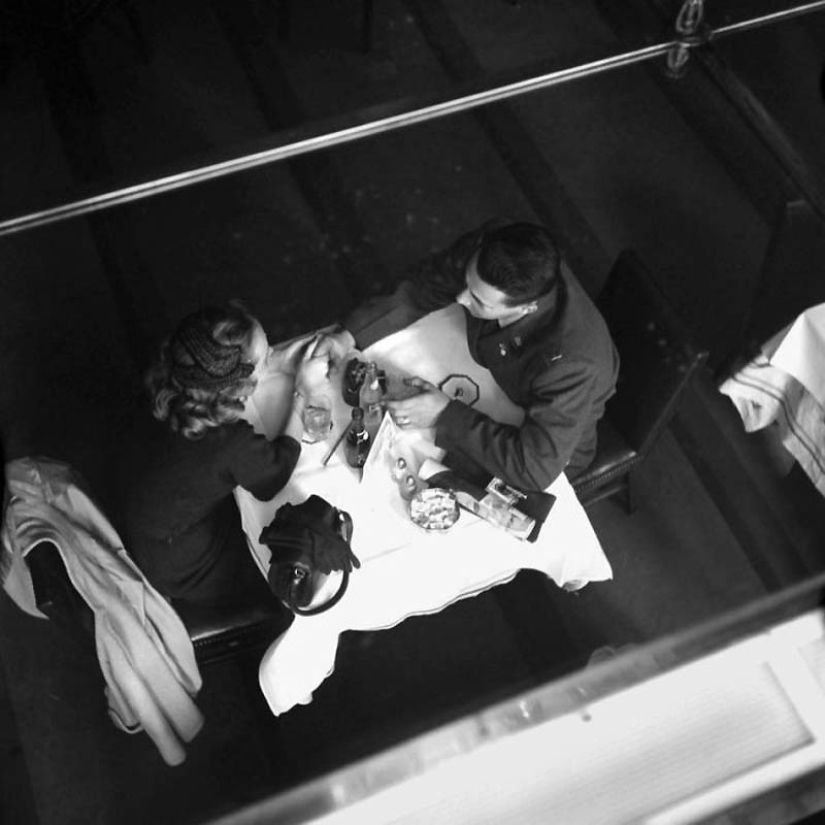 Some sources say that Vivian was born in France, according to other sources she is a native of New York.
Some sources say that Vivian was born in France, according to other sources she is a native of New York.
 Her mother, Maria Jossod, was French and her father, Charles Mayer, was Austrian. As a child, Vivian moved several times from France to the United States, but where she lived while in France is unknown.
Her mother, Maria Jossod, was French and her father, Charles Mayer, was Austrian. As a child, Vivian moved several times from France to the United States, but where she lived while in France is unknown.
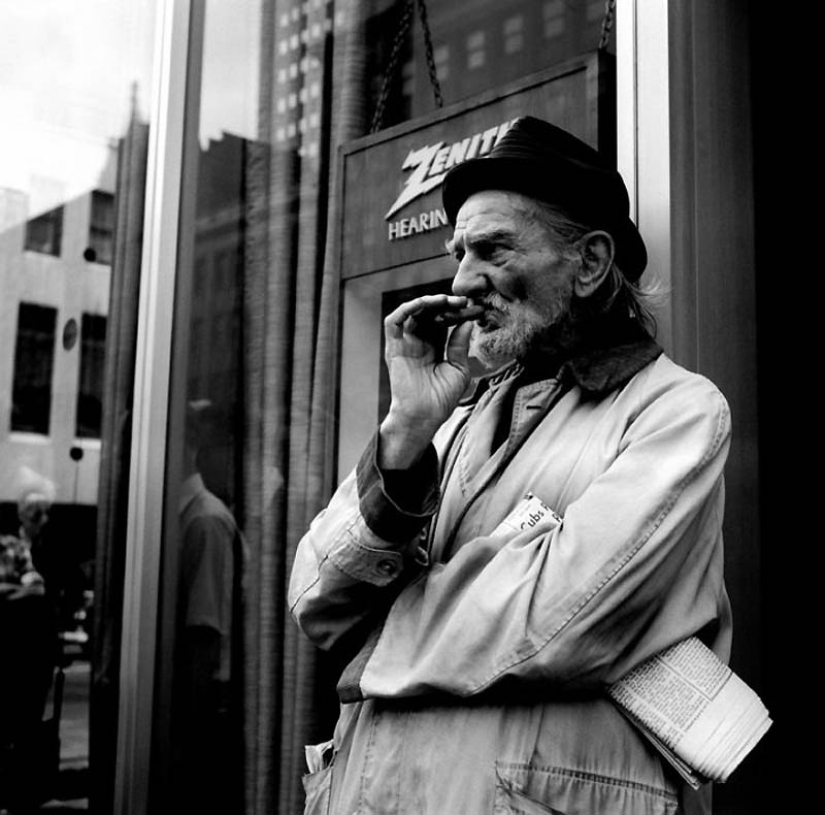 In 1951, when Vivian was 25 years old, she moved to New York and worked for a while in one of the pastry shops. In 1956, she found a job as a nanny and devoted the next 40 years to this activity, and for 14 years she worked in the same family.
In 1951, when Vivian was 25 years old, she moved to New York and worked for a while in one of the pastry shops. In 1956, she found a job as a nanny and devoted the next 40 years to this activity, and for 14 years she worked in the same family.
 She spent her weekends walking the streets and taking pictures. Between 1959 and 1960, Vivian traveled to many countries, visited Thailand, Egypt, Indonesia, Vietnam, Taiwan and other countries. And in every city she visited, Vivian took a lot of photos.
She spent her weekends walking the streets and taking pictures. Between 1959 and 1960, Vivian traveled to many countries, visited Thailand, Egypt, Indonesia, Vietnam, Taiwan and other countries. And in every city she visited, Vivian took a lot of photos.
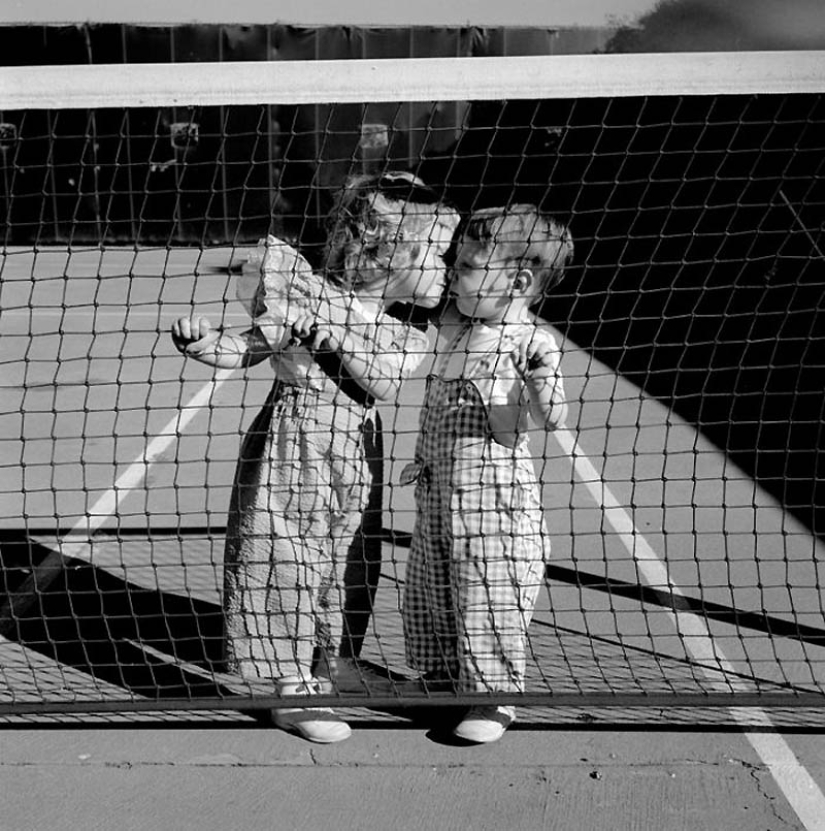 Over time, the archive grew rapidly, and Vivian always transported all the boxes in which the materials were stored with her to a new place of work.
Over time, the archive grew rapidly, and Vivian always transported all the boxes in which the materials were stored with her to a new place of work.
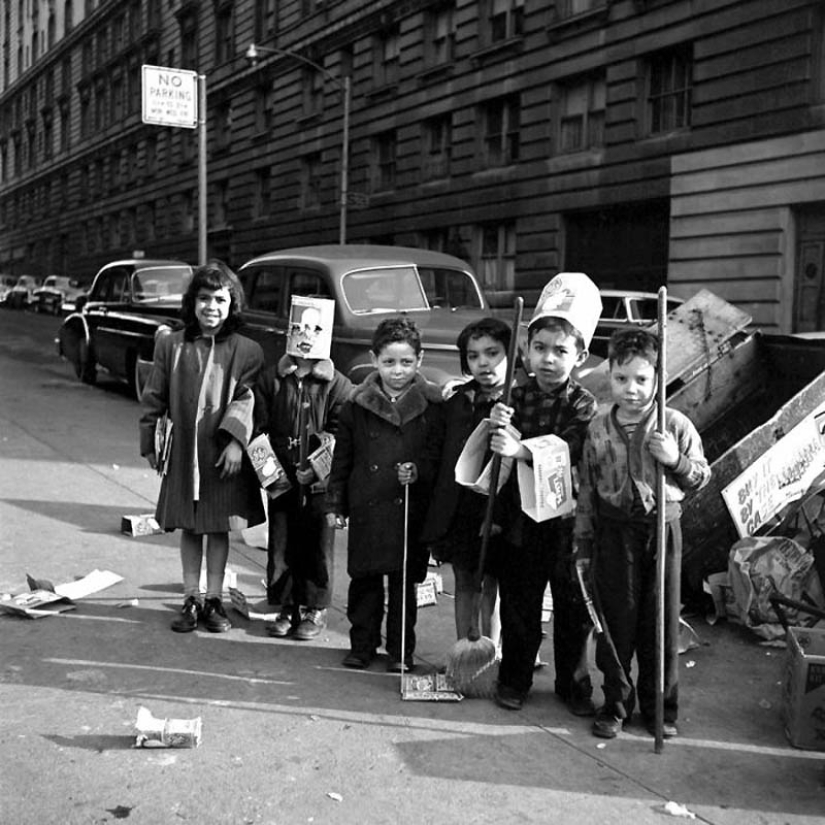 So, one of her employers says that he counted 200 boxes that the new governess brought with her.
So, one of her employers says that he counted 200 boxes that the new governess brought with her.
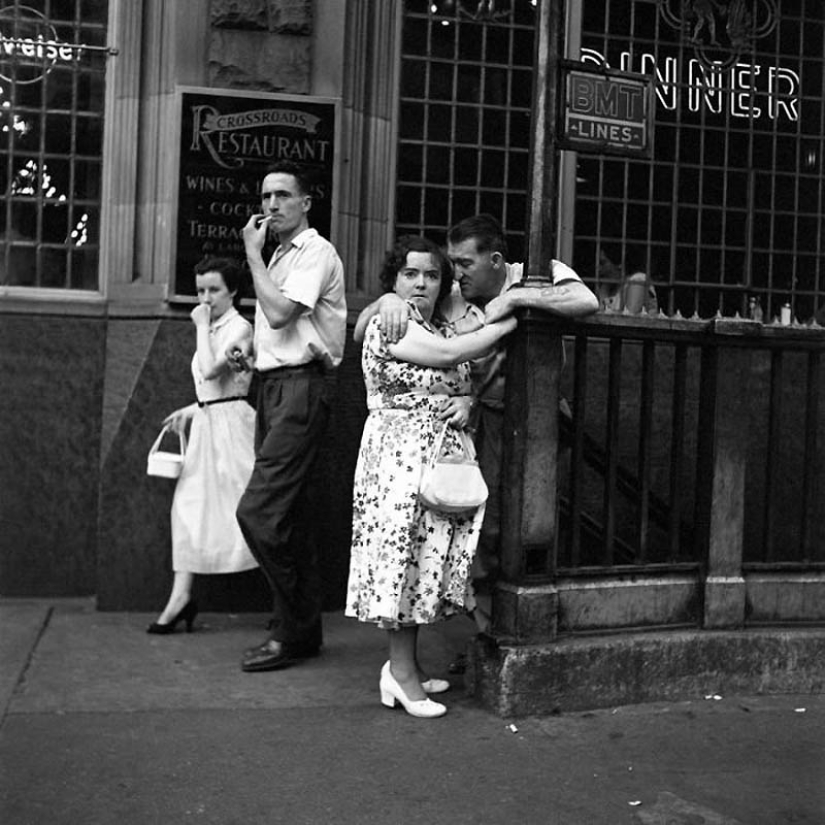 In addition to photographs and negatives, Vivian kept many old newspapers and audio recordings of conversations she had with some of the people in her photographs.
In addition to photographs and negatives, Vivian kept many old newspapers and audio recordings of conversations she had with some of the people in her photographs.
 On the films from her archive there are many completely plotless clips - for example, shooting from a train window.
On the films from her archive there are many completely plotless clips - for example, shooting from a train window.
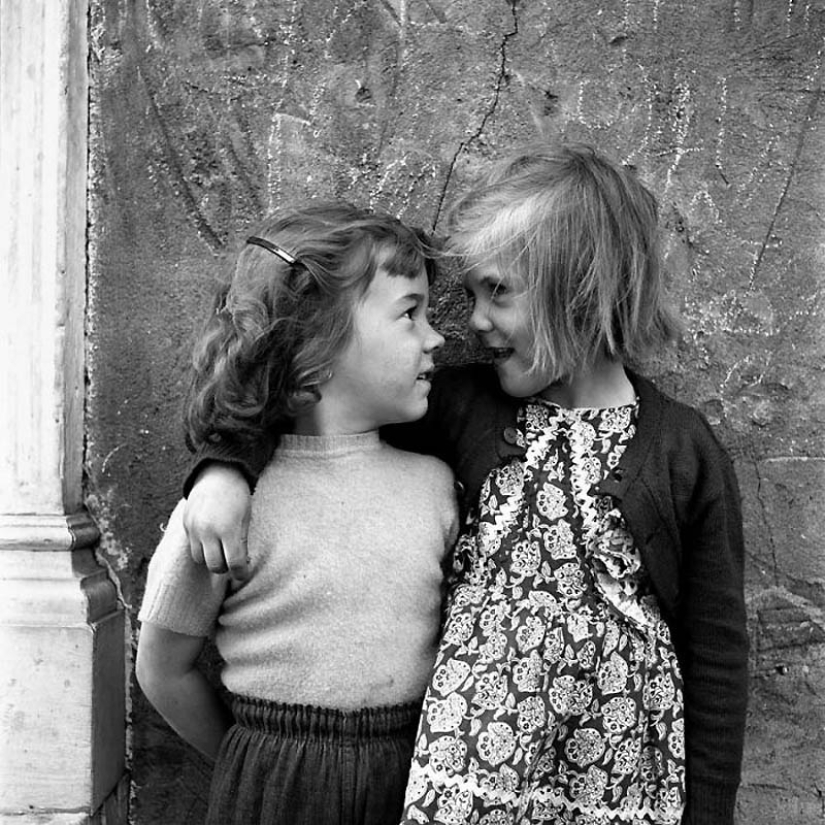 Vivian Mayer liked to wear huge wide-brimmed hats and men's trousers. She was a feminist and shared socialist ideas.
Vivian Mayer liked to wear huge wide-brimmed hats and men's trousers. She was a feminist and shared socialist ideas.
 Her character was very reserved, but at the same time, in some miraculous way, she managed to get along well with children.
Her character was very reserved, but at the same time, in some miraculous way, she managed to get along well with children.
 Towards the end of her life, Vivian Mayer became homeless for a while and lived on welfare.
Towards the end of her life, Vivian Mayer became homeless for a while and lived on welfare.
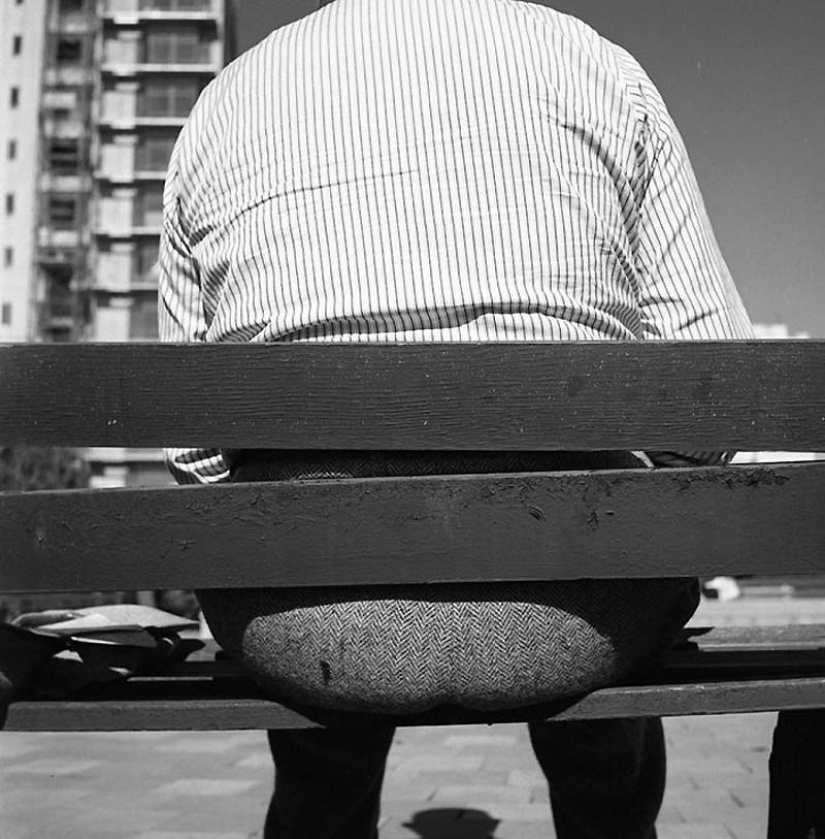 But the children she once raised, having learned of her plight, raised funds for her, bought her an apartment and paid her bills.
But the children she once raised, having learned of her plight, raised funds for her, bought her an apartment and paid her bills.
 In 2008, at the age of 82, Vivian slipped on the ice, fell and hit her head badly.
In 2008, at the age of 82, Vivian slipped on the ice, fell and hit her head badly.
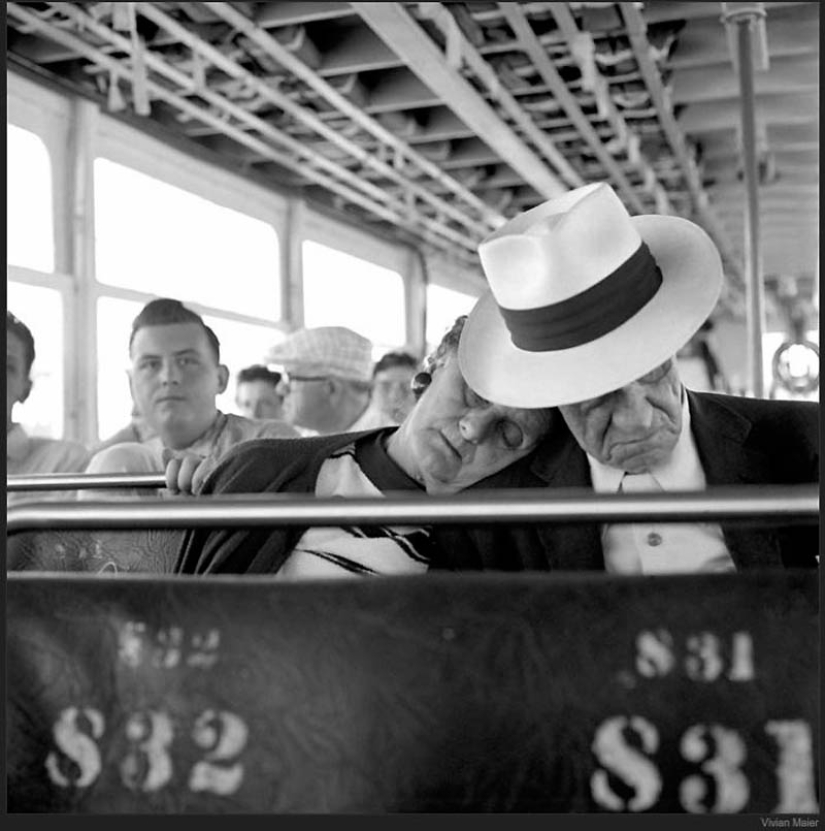 She never recovered from her injury and died a year later in a nursing home.
She never recovered from her injury and died a year later in a nursing home.
 In Chicago, there is such a service: for a moderate fee, lockers take for storage all sorts of things that the owners have nowhere to put, but it’s a pity to throw them away.
In Chicago, there is such a service: for a moderate fee, lockers take for storage all sorts of things that the owners have nowhere to put, but it’s a pity to throw them away.
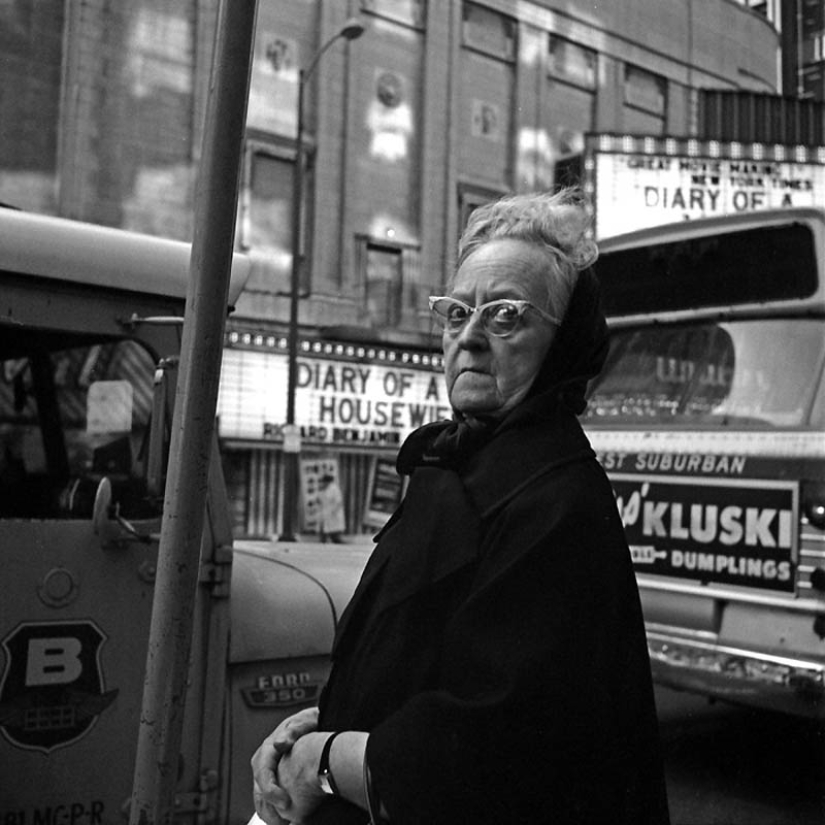 As soon as the owners stop paying for the storage of their "treasures", they are immediately put up for auction.
As soon as the owners stop paying for the storage of their "treasures", they are immediately put up for auction.
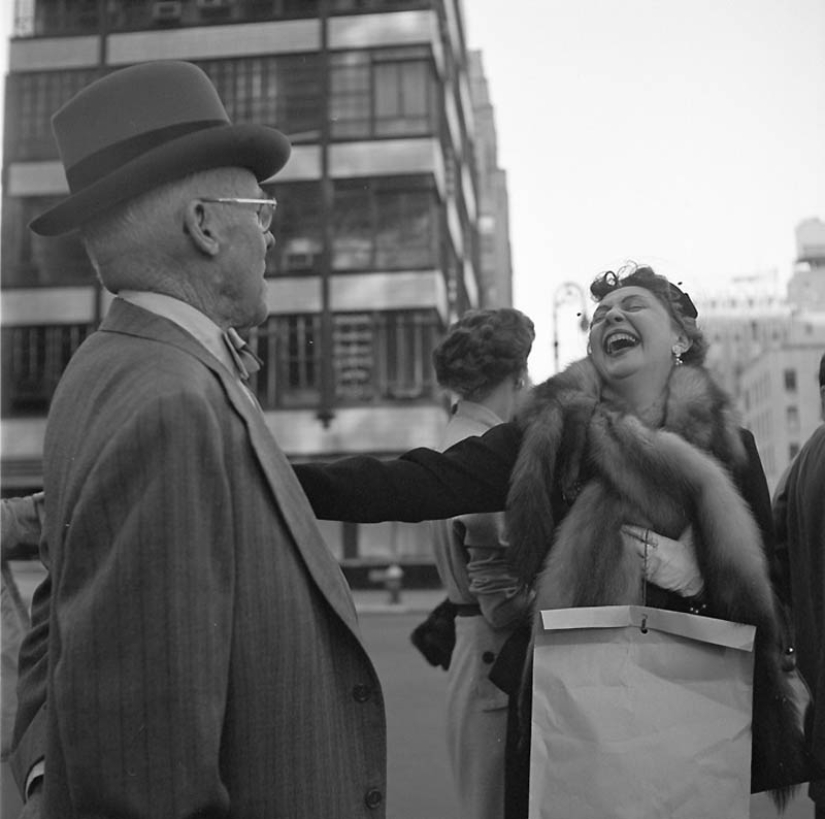 At one such auction in 2007, 26-year-old real estate agent John Maloof bought a huge box of old negatives for a small price. Maloof made a blind purchase and at first did not attach any importance to it.
At one such auction in 2007, 26-year-old real estate agent John Maloof bought a huge box of old negatives for a small price. Maloof made a blind purchase and at first did not attach any importance to it.
 But when he started developing the films, he quickly realized their true value. He again went to the same auction and bought the rest of the boxes, which contained several thousand undeveloped films.
But when he started developing the films, he quickly realized their true value. He again went to the same auction and bought the rest of the boxes, which contained several thousand undeveloped films.
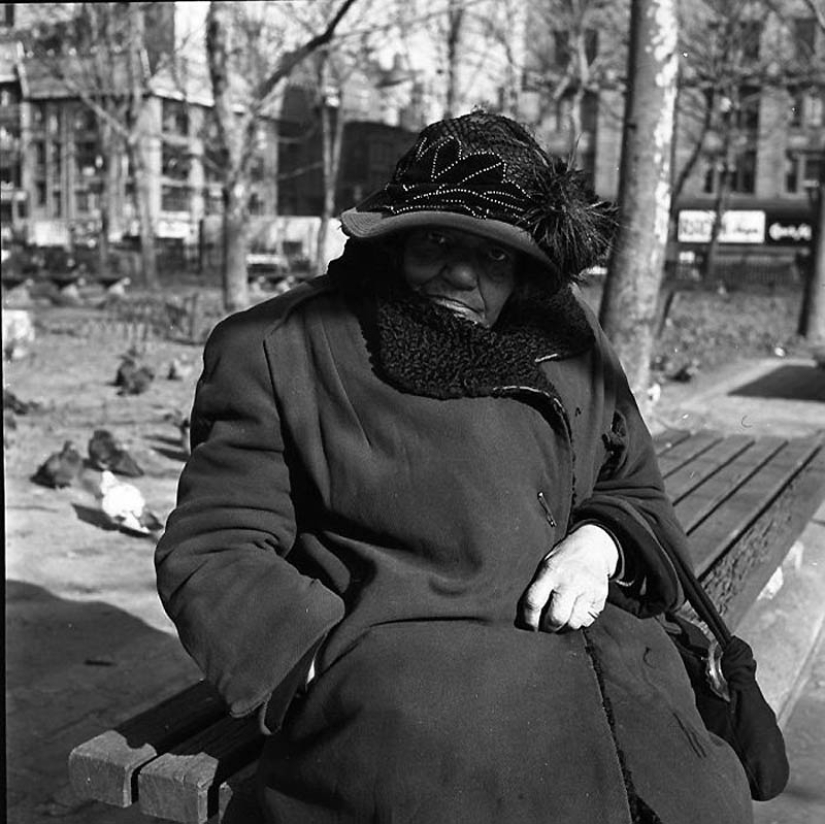 John Maloof sorted through these boxes for a whole year, until finally he came across an envelope in one of them with the name of the owner of this archive.
John Maloof sorted through these boxes for a whole year, until finally he came across an envelope in one of them with the name of the owner of this archive.
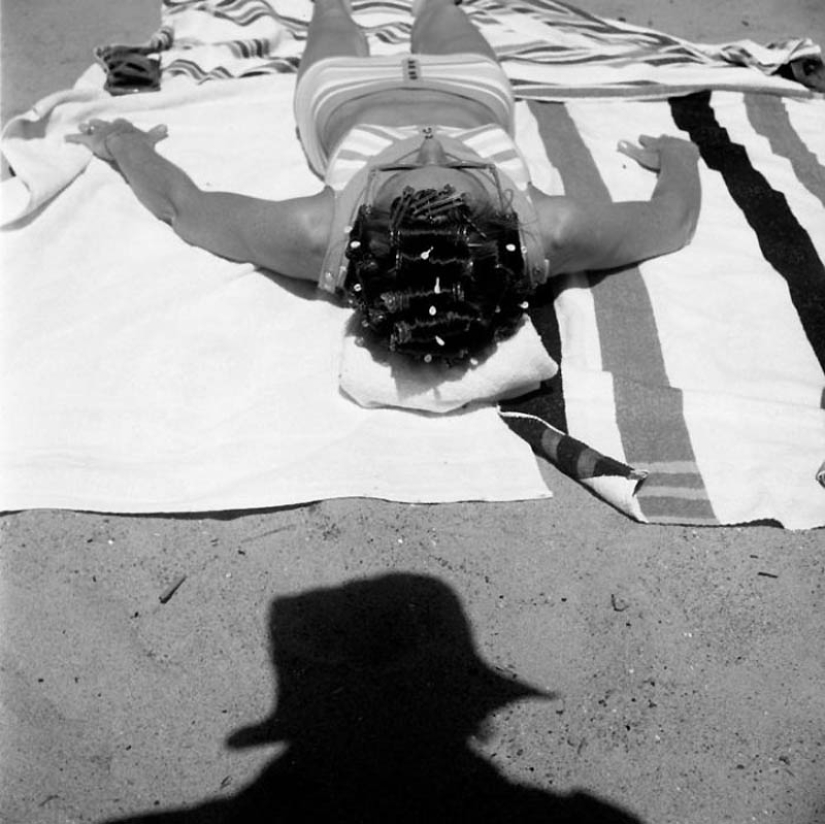 By searching the Internet for Vivian Maier, John Maloof was able to find only a short obituary - there was no other information. Then Maloof began to search for families in which Vivian Meyer once worked.
By searching the Internet for Vivian Maier, John Maloof was able to find only a short obituary - there was no other information. Then Maloof began to search for families in which Vivian Meyer once worked.
 So he managed to collect several more boxes of newspaper clippings made by Vivian, the photographic equipment with which she worked, and many developed photographs.
So he managed to collect several more boxes of newspaper clippings made by Vivian, the photographic equipment with which she worked, and many developed photographs.
 When Maloof posted scanned images on the Internet, they immediately made a splash in professional circles.
When Maloof posted scanned images on the Internet, they immediately made a splash in professional circles.
 Maloof received almost 200 offers to organize a special exhibition and even an offer to make a documentary about Vivian Meyer.
Maloof received almost 200 offers to organize a special exhibition and even an offer to make a documentary about Vivian Meyer.
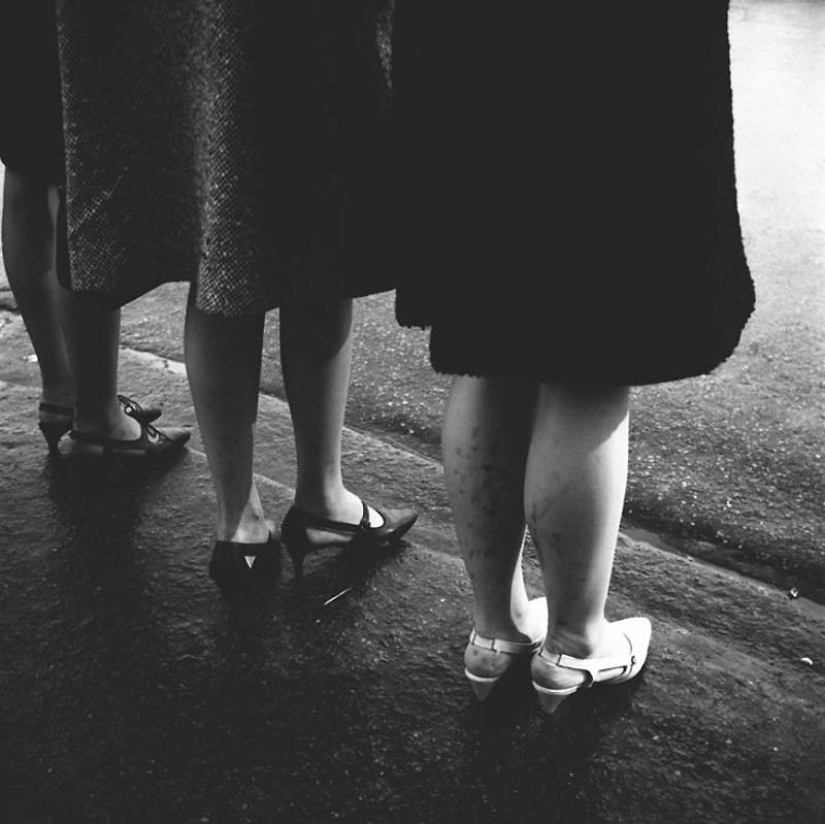 In 2011, the Chicago Cultural Center hosted Vivian's first photography debut exhibition, and Maloof recently published a book about Vivian Mayer.
In 2011, the Chicago Cultural Center hosted Vivian's first photography debut exhibition, and Maloof recently published a book about Vivian Mayer.
 True, now one can find assertions that John Maloof knew from the very beginning who the pictures belonged to, that he bought them at a time when Vivian was still alive, and that he perfectly understood what value he acquired. But this is just one version.
True, now one can find assertions that John Maloof knew from the very beginning who the pictures belonged to, that he bought them at a time when Vivian was still alive, and that he perfectly understood what value he acquired. But this is just one version.
Recent articles

In the fall of 1972, Bill Yates traveled through the countryside in the vicinity of Tampa, Florida. At that time, he was studying ...

Severe cold weather does not give up its positions. We offer you to admire the magical photos of winter Europe, because snow and ...

Vladimir Lyubarov is an artist from the countryside who paints pictures of real life. But he brings amazing characters, birds, and ...